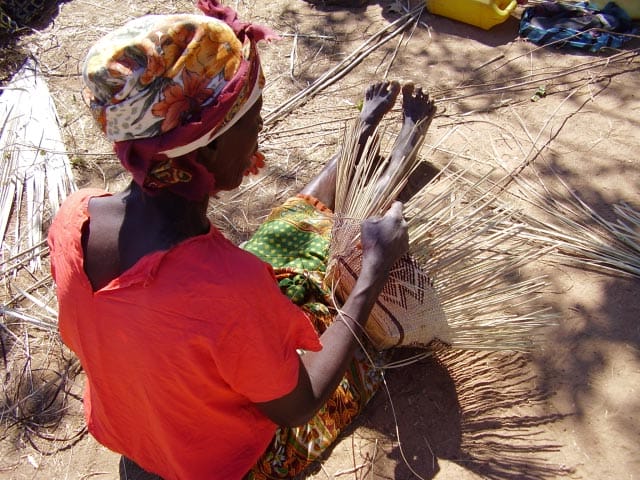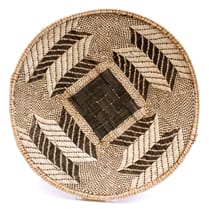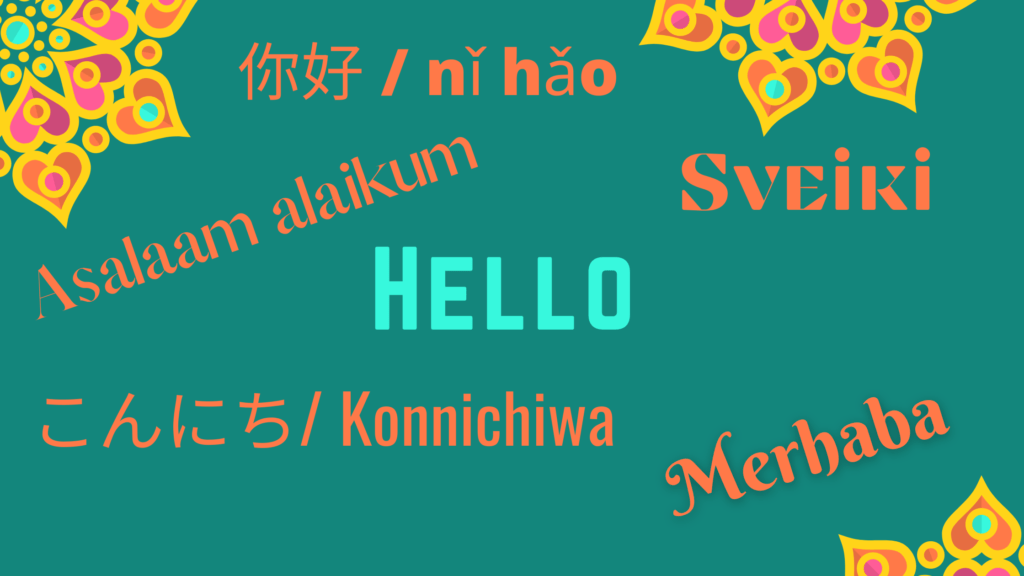
After having lived overseas for many years, I still have occasional moments where I am surprised when someone answers me or greets me in English. Thankfully, the language of textile appreciation and crafters everywhere often only requires oohs and ahhs and the proverbial thumbs up. I consider myself a generalist crafter as I grew up surrounded by creative & crafty ladies. I have pictures of me “sewing” on paper when I was three years old, and I think my love of textiles and fabrics began then.
As we moved from country to country, I always sought out the local handicrafts and textile arts to try to learn about the history and cultural significance of these amazing traditions first-hand. One of my first introductions to rich cultural handicraft traditions were the carpets, kilims, and suzani (bright embroidery from Central Asia), which are all found in Turkey. I also was fascinated by the Oya lace making I stumbled upon in our local bazaar (aka. farmer’s market) by a group of local women. They would meet every day, and you could feel the kindred support of each other, even if you didn’t speak Turkish. As my “Tarzan Turkish” developed (ie. Me Jane, Want Food) we were able to communicate most effectively through the tactile methods of showing each other our tips and tricks of textile arts
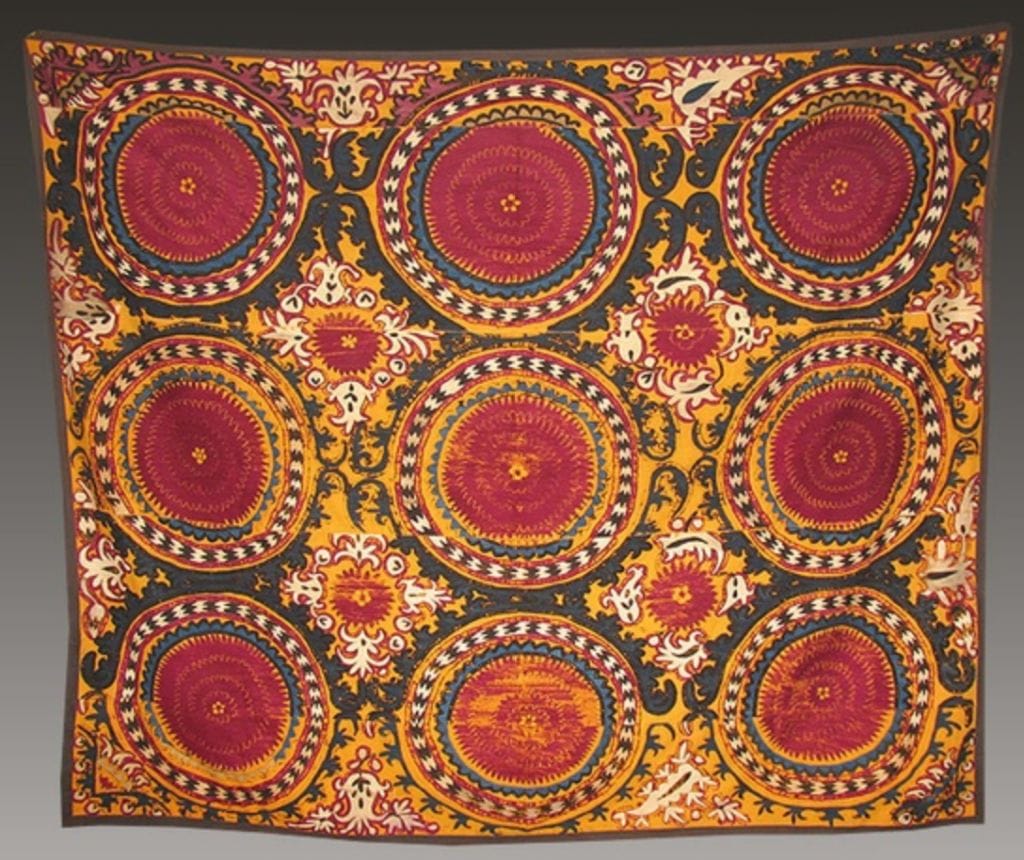
source: fearlessperfection66.blogspot.com
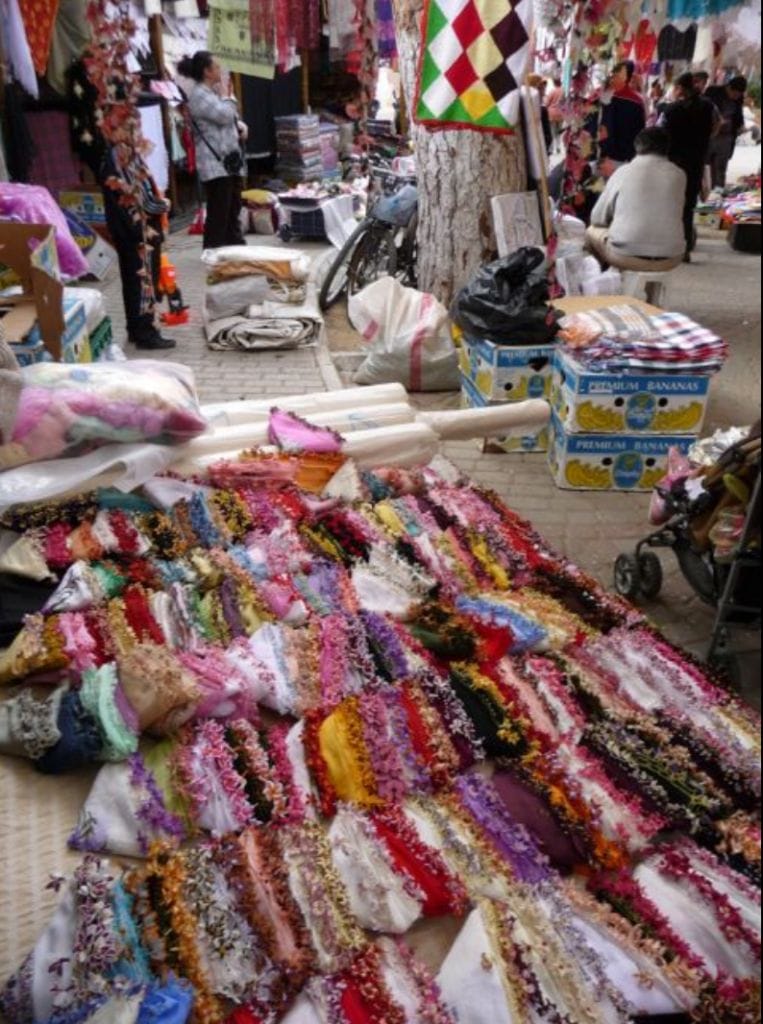
source: Michelle’s images
When we moved to Zambia, I was taken with the colorful Zambian wax print fabric (chitenge) used to make everything from clothing to household goods and handicrafts. I only managed to make one quilt while in Zambia for an amazing coworker, but I hope one day I can make a modern art quilt with my stash of chitenge. Zambians are also weavers, often using straw in their beautiful traditional patterned baskets, and in their resourceful use of “plarn”, aka discarded plastics. I love the plarn market baskets I have and the artful hanging baskets originally intended to sort grain, which now grace my walls at home.
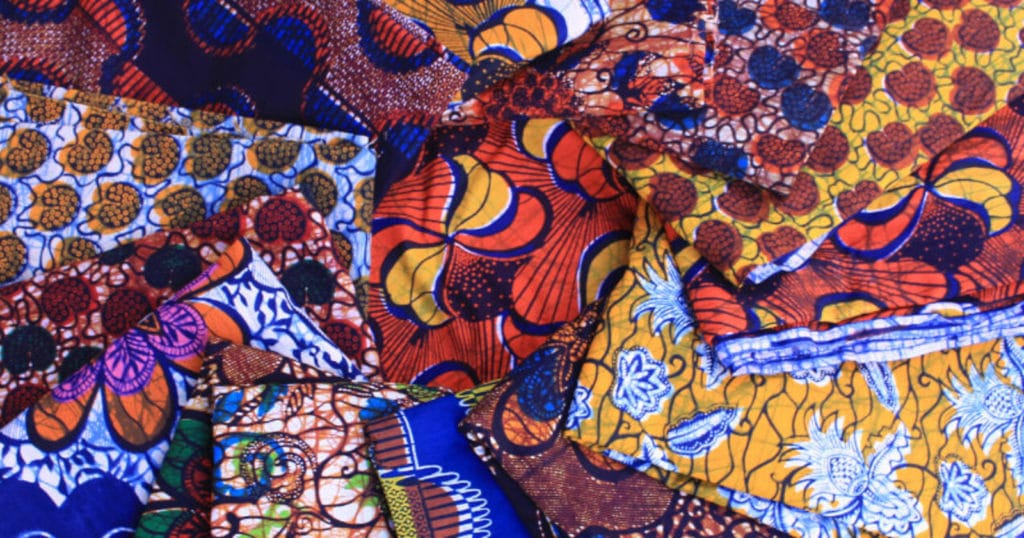
source: Fabrics USA Inc
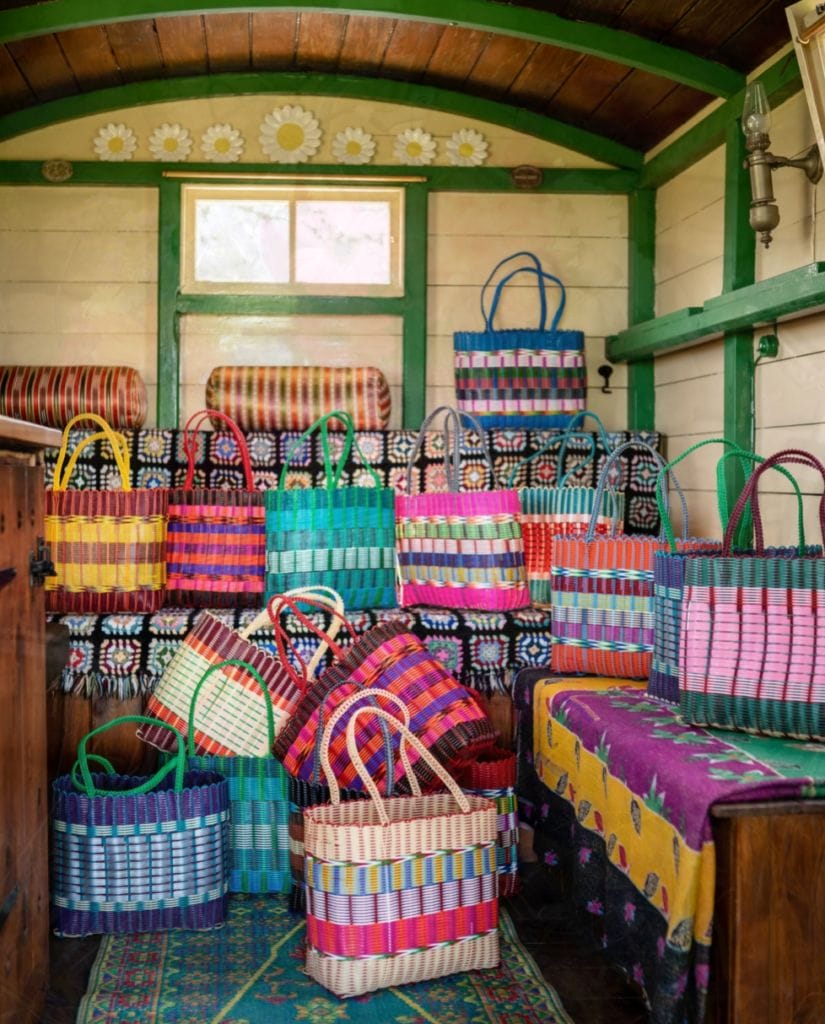
source: Found Objects
While in Japan for four years, I was captivated by the attention to detail, craftsmanship, and appreciation for history, which is deeply ingrained in the culture. You see this attention to detail when you purchase something from a store, where everything is wrapped as if it’s the finest gift, to the craftsmanship of the spectacular quilts at the Tokyo Quilt Show. Second hand stores abound in Japan where you often find Kintsugi (a centuries-old Japanese art of repairing broken pottery and transforming it into a new work of art using gold) and Japanese Sashiko embroidery. These textile traditions honor the past while breathing new life into tattered items. On my to-do project list are learning more Sashiko and garment sewing techniques so I can repurpose and regenerate life into much-loved clothing.
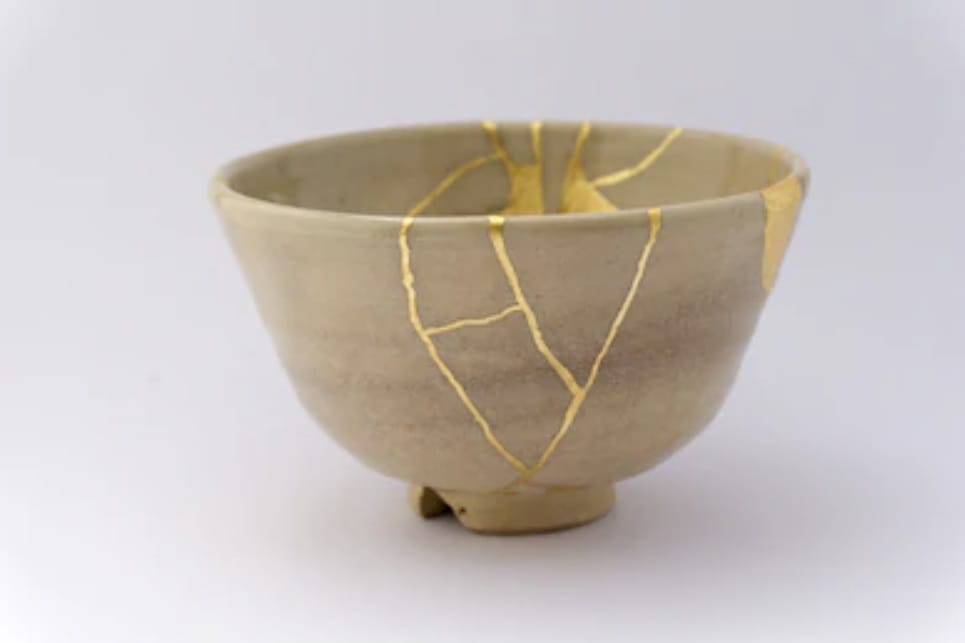
source: Grief, Kintsugi and The Art of Precious Scars — Holiday At The Sea
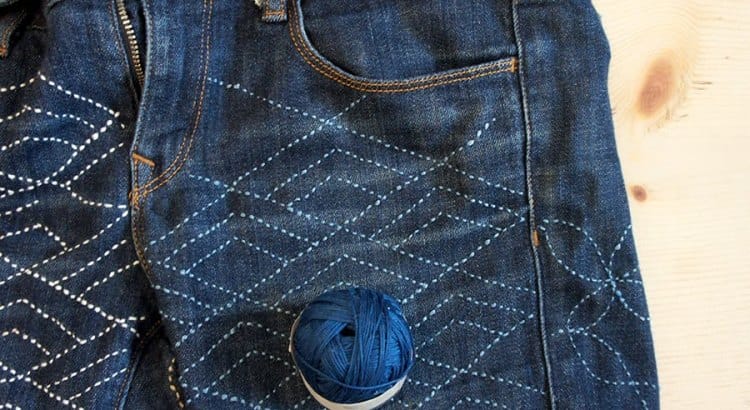
source: Sashiko Thread for Denim Mending | Upcycle Stitches
Just before returning to Portland, we lived in Lithuania for almost a year and I made friends with the owner of a local knitting store who introduced me to močiutės mezgimas or “grandmother’s knitting”. The moment I saw Bernie’s Mittens in all of those memes, I wondered which Baltic Grandma made those sexy hand socks. The cold dark winters lend themselves well to finding time for knitting warm cozy mittens, socks, and sweaters. Whenever I needed help with a pattern or dropped a number of stitches and needed a rescue, I’d visit Egle and we’d mime and use our limited shared vocabulary to figure it out and fix my mistakes.
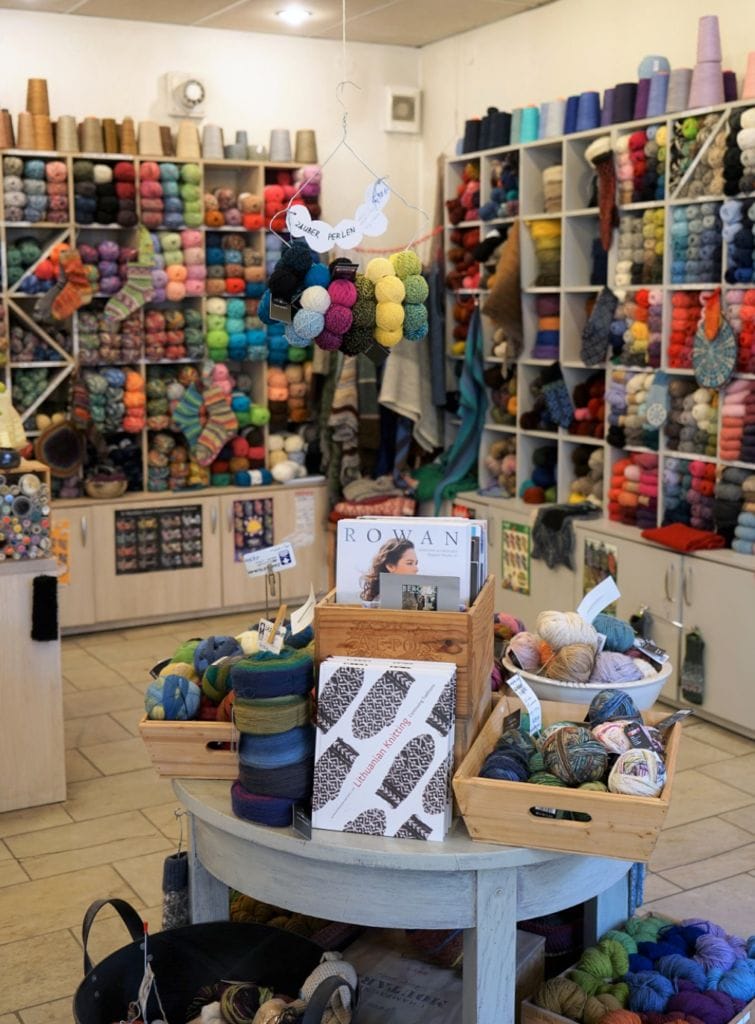
Mezgimo Zona website
While the desire to travel is still strong, I am so excited for this next journey here in Portland with the Yarn Division at Premier Needle Arts. Walking our neighborhoods, helping neighbors and the larger community as I can, getting to know my colleagues better, joining the Portland Modern Quilt Guild, and discovering new crafts lets me know, I am home.


